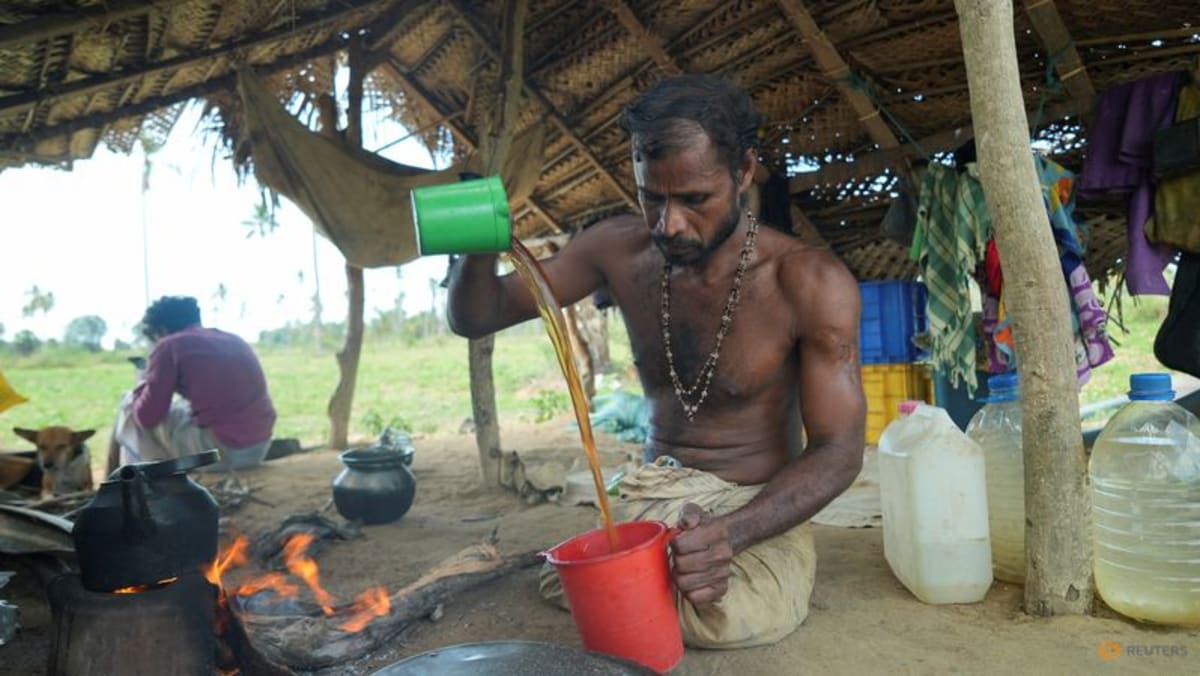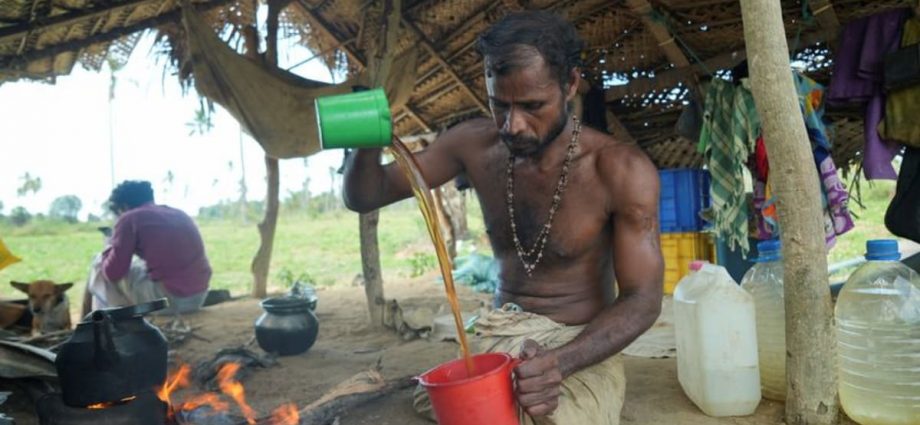
For months the population of 22 million has struggled with power cuts, rampant inflation, a plummeting rupee and a shortage of foreign exchange reserves that made it difficult to pay for imports of food, fuel and medicine.
Mullaitivu is Sri Lanka’s second poorest district, with 58 per cent of households living in poverty, a Save the Children survey showed in June, and it has the largest number of those saying they lost all their income due to the crisis, about a quarter.
Nationwide, 31 per cent of adult respondents said that, like Soosaiyamutthu, they cut back their food intake to feed their children.
“With this economic crisis, they are being pushed from bad to worse,” said Soma Somanathan, the founder of a charity, Tears of Vanni, that helps people in the region.
“They are actually being pushed back to the stage where they were directly after the war,” added Somanathan, who is based in Sydney.
Sri Lanka is extending a welfare effort that covers 4 million homes to include those hit hardest by the crisis, said Neil Hapuhinne, secretary of the social empowerment ministry, and plans direct monthly cash transfers to 600,000 more people.
“The most deserving will be identified and helped,” Hapuhinne added, after 51.3 billion rupees (US$146 million) was disbursed to 3.2 million households this year.
A loan of US$200 million from the Asian Development Bank (ADB) will also alleviate the food crisis, while the government has turned to the World Bank and UN agencies.
At dusk in Mullaitivu, Soosaiyamutthu dropped his spade at the end of the day. It will be two months before he can gauge the success of the peanut harvest.
“If prices went down, we wouldn’t struggle this much,” he said. “Now, even being 10 per cent OK is a struggle. That’s how expensive things are.”

